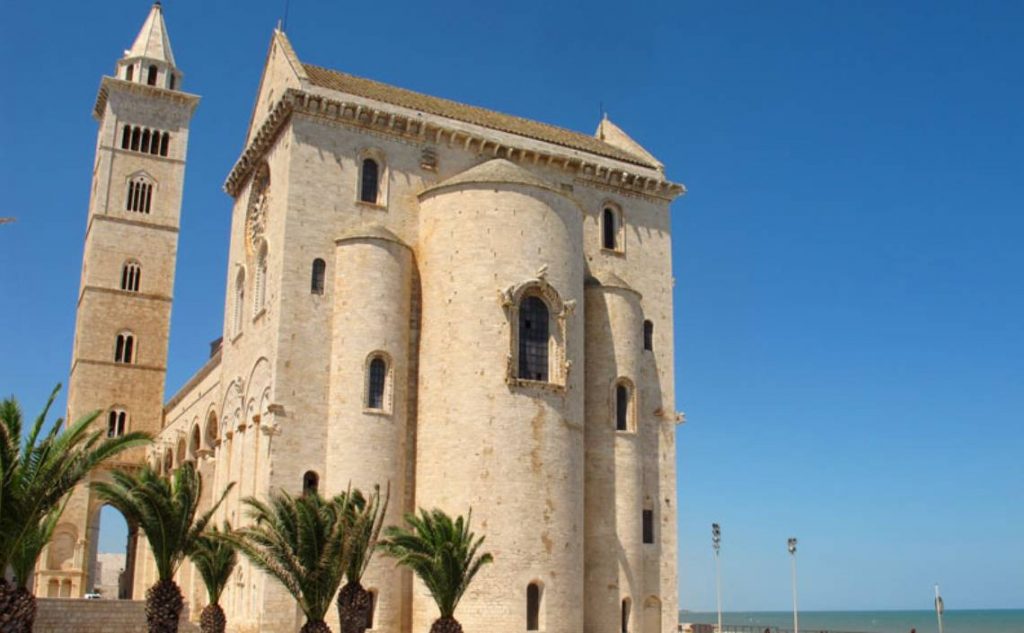Move your first step towards the East, towards the boarding harbours for the Holy Land, on the straight line of the Ancient Appian Way, shady with old pine trees. Leave behind your back the colonnade by Bernini and St. Peter and start a journey through history, following the stones placed over two thousand years ago. Cross the monumental graves, the ruins of the Imperial culture, then Rome and its suburbs will already be a memory. The elevation of the Alban Hills are already standing out on the horizon. The vineyards, the gentle hills and the view on the lakes Nemi and Albano will guide you towards the second stage.
Admire silently the cloister of Valvisciolo Abbey, explore the streets of the medieval village of Sermoneta, stop under the high vaults of Fossanova Abbey, at the edge of Pontine Marshes, where the dialect reminds you that Campania is drawing near.
Moving along the Ausoni Mountains, you will find the memory of the ancient Rome in Terracina, overlooking the sea. You will also find the Appian Way again, which will lead you, through intact segments of flagstones, to Formia, in between olive tree groves at the foot of the Aurunci Mountains, and then – always following the footsteps of the roman legions – to Santa Maria Capua Vetere.
The vast conurbation between Capua and Maddaloni will reward your efforts with the sight of the luxurious Palace of Caserta, but the fertile valley of Campania Felix will soon leave space to the first elevations of the Apennines. From Benevento you will leave the Appian Way towards the Via Traiana. On rural paths you will find silence, walking on the sheep tracks of the Dauni Mountains, and the Adriatic sea will appear in the distance while you get closer to Troy. Its Cathedral is a masterpiece of Romanesque art.
Roman bridges, milestones, the flagstones of the Via Traiana lost in the yellow colour of wheat, the manor farms that dot the countryside as far as the eye can see, they all fill your walk on the Tavoliere, where the roads seem to head towards the Infinite. Instead, the goal is by now near, even if Brindisi was only a stage of passage for the medieval pilgrim, a keystone of the journey, because you could embark from its harbour to face another journey, full of uncertainties and dangers. The final destination was beyond the sea, it was the East, the Holy Land, where everything began.



